Current Air Quality Initiatives in Salt Lake City
Energy
• Continue to collaborate with the Building Electrification Institute to research opportunities to scale adoption of efficient building electrification technologies in our region that can eliminate need for fossil fuel combustion in our buildings sector.
• Develop emissions-free requirements for all City-funded new building projects. In December 2021, the Redevelopment Agency passed a new Sustainability Policy making highly-efficient and fossil fuel-free building the standard for most projects it funds. The policy also prioritizes and rewards the use of renewable energy.
• Successfully administer and support compliance for the Energy Benchmarking & Transparency ordinance for approximately 1,000 commercial buildings in the city. Recognize high performers with annual awards program. Provide building owners with technical assistance to complete energy efficiency upgrades that will save them energy and money.
• Continue leadership of the internal Energy Management Executive Committee and help facilitate information-sharing and new, successful projects at municipal facilities.
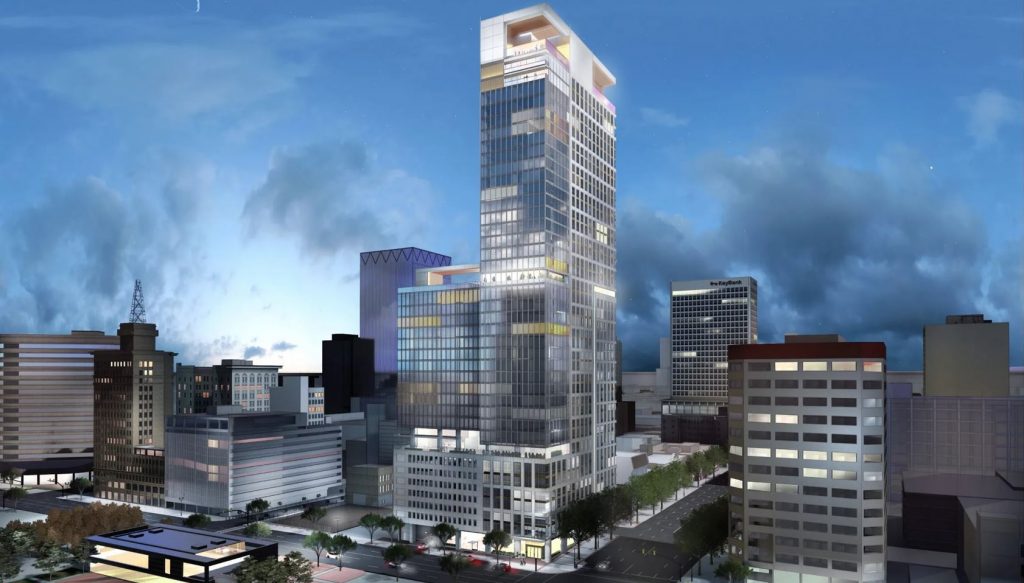
Transportation
• Expand the Hive Pass to all Salt Lake City school children, which provides them with free public transit.
• Created an Air Quality Action program for City employees with details on protocols for reducing pollution on different air quality action days.
• Expanded transit service on key east-west routes as part of the Funding our Futures sales tax initiative. Making transit more convenient and accessible is an important way to clear the air.
• Help fund the creation of a new bus route (route 1) in partnership with UTA, connecting Rose Park with the University of Utah.
• Support clean vehicle adoption in the community through the Green Sticker program, whereby Salt Lake City offers free 2-hour parking at city meters for vehicles classified as SmartWay Elite. SmartWay Elite vehicles are considered to be the very best environmental performers.
• Continue expansion and ongoing maintenance of public EV charging infrastructure. Provide free charging at the City’s 20 public charging ports for the duration of the posted parking limit.
• Adopted an Electric Vehicle Readiness Ordinance to support future charging needs in new multi-family dwellings.
• Participate on the internal Fleet Committee and drive outcomes that mitigate pollution from the municipal vehicle fleet while also reducing fuel and maintenance expenses.
• Continue phasing out 2-stroke engines in maintenance equipment in favor of electric and/or 4 stroke, engines that are ten-to-thirty times cleaner.
• Enhance public awareness of the Idle Free Ordinance. Continue collaborate with businesses and fleets to post signs & educate drivers.
Small Equipment Emissions
• Continuing partnership with Utah Department of Environmental Quality to offer a gas-powered lawnmower exchange. In 2021, a total of 582 residents participated and Salt Lake City exchanged 509 gas powered mowers for electric options, which is the equivalent of removing 4.02 tons of pollution from the airshed annually.
• The Fiscal Year 2023 budget includes funding to transition Public Lands away from gas-powered riding lawnmowers to all-electric versions, as well as other equipment exchanges.
• Launched Clean Air SLC, an initiative that aims to distribute equipment and information to help Salt Lake City residents improve air quality in their communities and inside their homes.
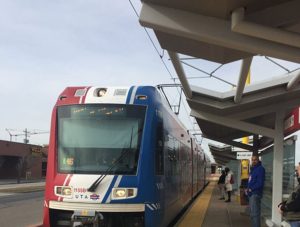
Engagement
• Actively participate in past and new regional partnerships to advance clean air solutions, such as the Clear the Air Challenge, UCAIR Partners meetings, and the Governor’s Clean Air Action Team.
• Engage City employees in behavior changes that have a positive impact on air quality. (i.e. Climate Leaders programming, Empower SLC internal employee platform, and Clear the Air Challenge participation)
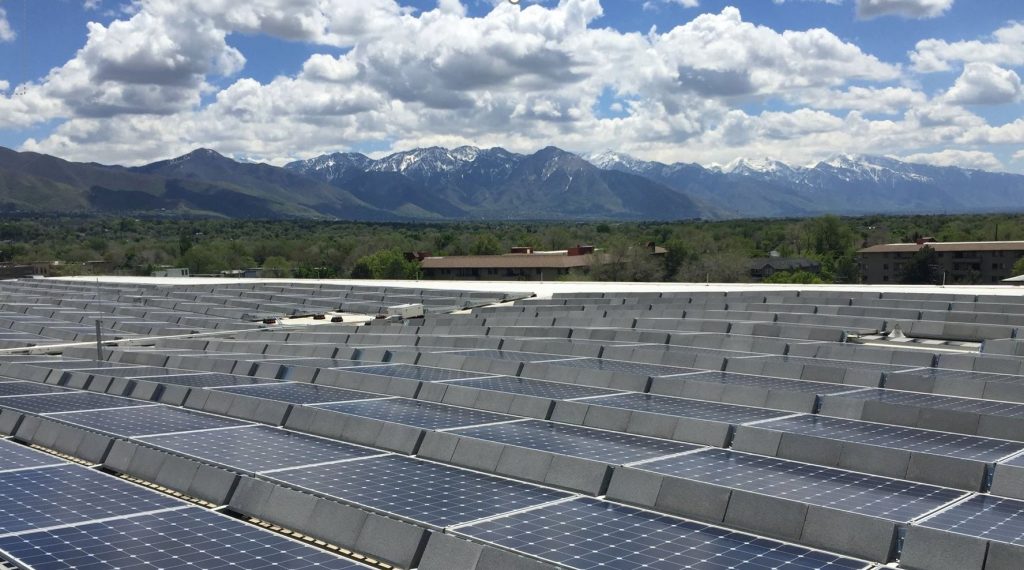
Notable Air Quality Accomplishments
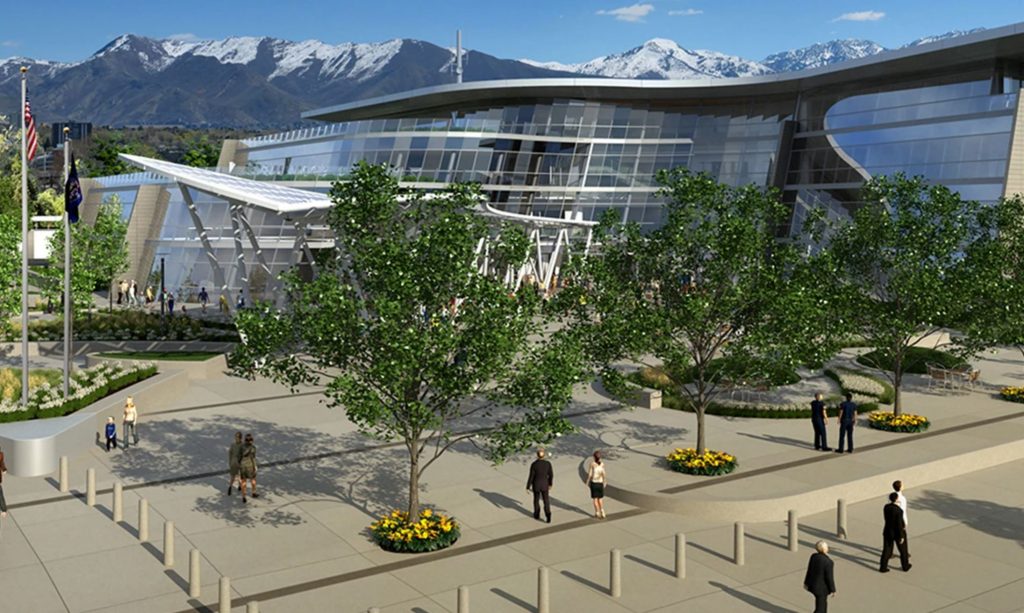
Energy
• Ongoing collaboration with Rocky Mountain Power to develop renewable resources to meet City goals. This includes powering 50% of municipal electricity needs with clean energy by 2020. In 2019, 14% of municipal power comes from clean sources.
• Working with Rocky Mountain Power on transitioning the entire community to net-100% clean electricity by 2030.
• Passed an Energy Benchmarking and Transparency Ordinance in 2017 for commercial buildings over 25,000 square feet. This is estimated to reduce air pollution by 29 tons annually.
• Adopted the C-PACE program (Commercial Property Assessed Clean Energy) to help buildings finance energy efficiency and renewable projects.
• Built the nation’s first Net Zero energy Public Safety Building.
• In 2018, opened the first and second Net Zero energy fire stations (FS 14 and FS 3) in the country.
• Installed on-site solar at a over dozen municipal buildings and introduced the City’s first solar farm.
• Performed energy audits and implemented energy efficiency improvements at all City buildings.
• Raised the minimum standard for new and renovated municipal building construction to LEED Gold. For construction or renovation over 10,000 square feet, the potential for Net Zero energy must be evaluated. (Learn more).
• Partnered with Utah Clean Energy to implement a neighborhood energy efficiency effort, titled “Empower SLC,” that focused on driving equitable and economically beneficial efficiency and conservation efforts.
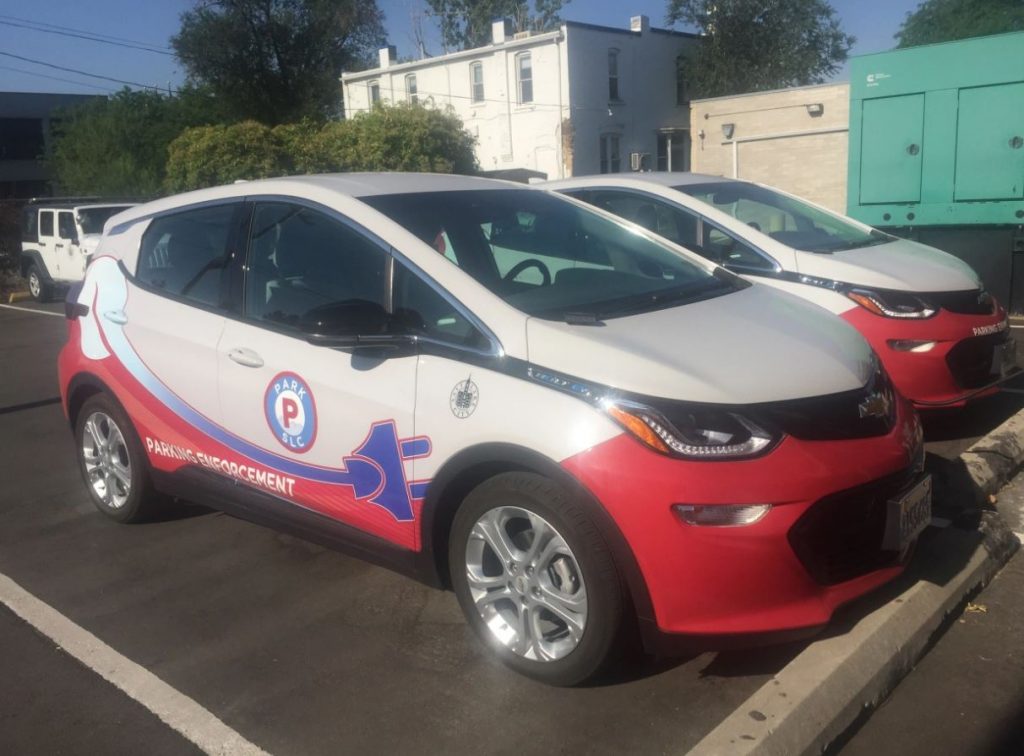
Transportation
• Passed the Electrified Transportation Joint Resolution on December 8th, 2020. This resolution between the Mayor and the City Council commits to incorporating clean energy solutions in place of carbon-emitting forms of transportation.
• In cooperation with UTA, the City offers a half-off transit program, the HIVE pass, to residents.
• Converted City fleet vehicles to clean fuels and low/no emission vehicles. In total, the City has over 130 hybrid electric, 20 all-electric, and 80 clean fuel vehicles in its internal fleet.
• In 2018, converted five parking enforcement vehicles to all-electric Chevy Bolts. Now, 75% of the Compliance Fleet is all-electric.

Engagement
• Adopted a city-wide Idle Free Ordinance and education efforts.
• Adopted planning and zoning changes to develop walkable/bikeable streets and neighborhood centers and complement use of transit.